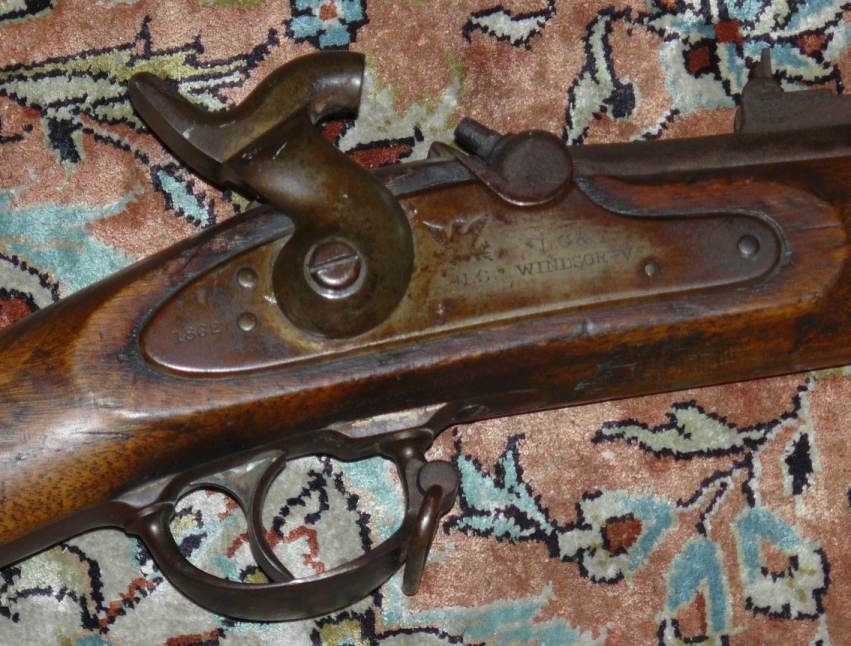You are using an out of date browser. It may not display this or other websites correctly.
You should upgrade or use an alternative browser.
You should upgrade or use an alternative browser.
1861 Springfield - white barrell
- Thread starter davidaker
- Start date
Actually, that was up to the whim of the unit commanders (company, regimental, brigade,etc.) Some did, some didn't. It was done for "busy work" or to emulate the look of the Springfield rifle muskets. Looking at Civil War photos, you can usually tell weather a musket was blued or polished.Just an interesting note. Enfields came blued but the U.S. Army made the soldiers polish the bluing off.
I have an 1861 that is still armory bright and doesn't look like it was ever "cleaned". Just a bit of luck to have escaped the almost inevitable rust.
The idea of making and issuing rifles in "armory bright" was that failure of the soldier to maintain his rifle would be clearly evident to an inspecting officer. Eyewitness reports say the sight of a well-drilled unit, marching in close order with bright muskets and bayonets shining in the sun was truly spectacular. Camoflage was known and practiced in irregular units, but in the regular army it was not only impractical but pointless - you just don't hide a miles long column marching along in formation.
Jim
The idea of making and issuing rifles in "armory bright" was that failure of the soldier to maintain his rifle would be clearly evident to an inspecting officer. Eyewitness reports say the sight of a well-drilled unit, marching in close order with bright muskets and bayonets shining in the sun was truly spectacular. Camoflage was known and practiced in irregular units, but in the regular army it was not only impractical but pointless - you just don't hide a miles long column marching along in formation.
Jim


